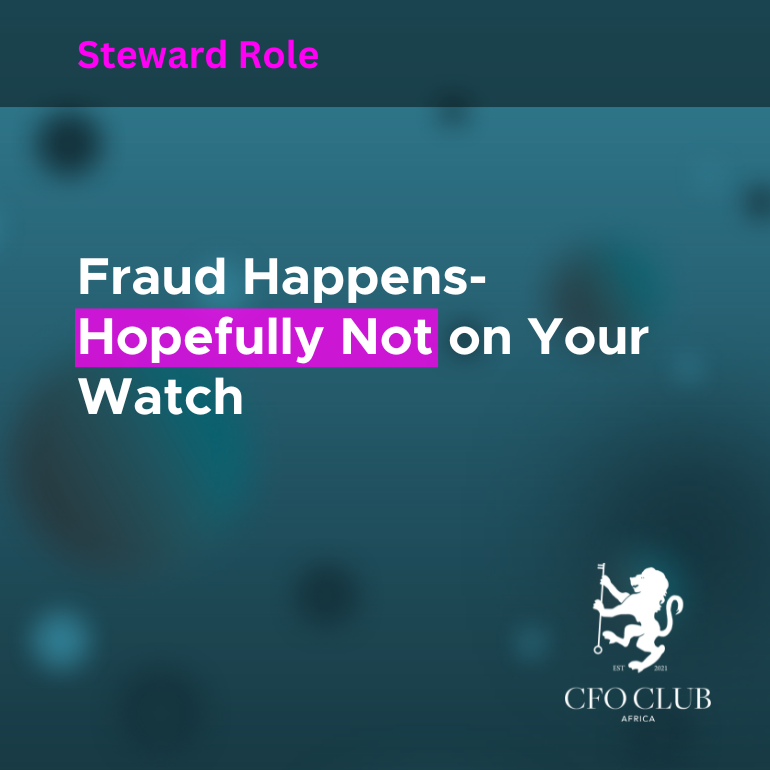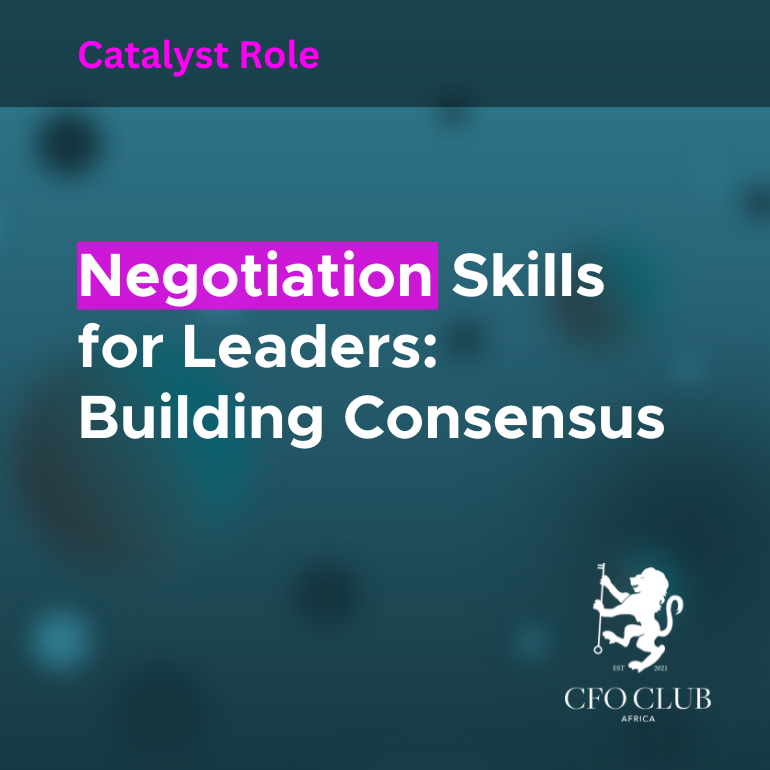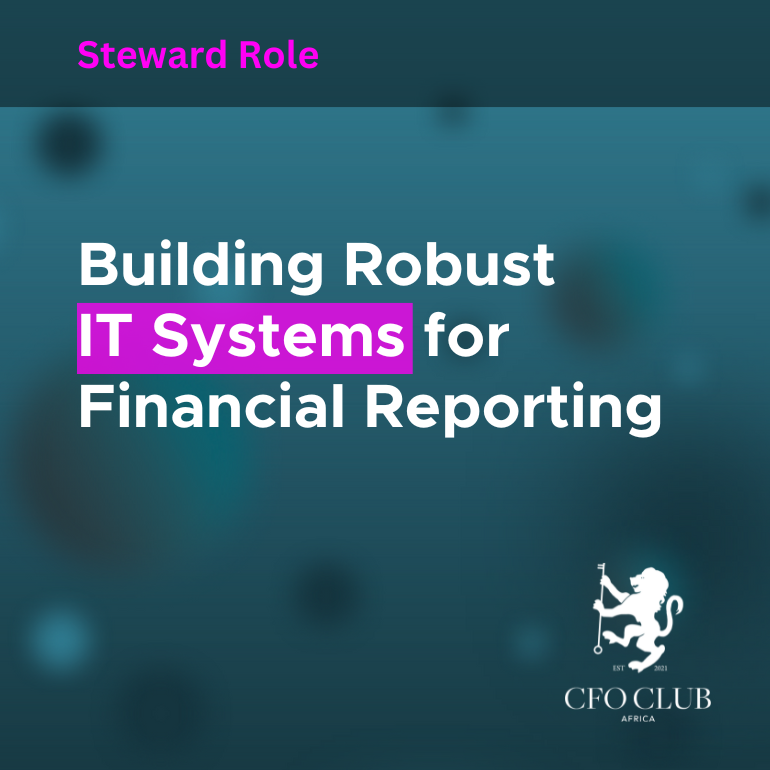Fraud Happens — Hopefully Not on Your Watch
Fraud Happens — Hopefully Not on Your Watch
You don’t need a full-blown scandal to put your career on the line. Sometimes, all it takes is one case of fraud missed under your watch. As CFO, you’re not just managing the numbers—you’re the last line of defense between your organisation and reputational, regulatory, or even criminal fallout.
Fraud is rarely dramatic at first. It creeps in quietly—often from someone trusted—and before you know it, you’re explaining to the board, your auditors, or SARS how millions went missing, why internal controls failed, or why a whistleblower reported misconduct to the media instead of to your own team.
The reality is that your ability to detect and respond to fraud is not just a technical skill—it’s career insurance. And if you want to be seen as more than just the finance gatekeeper, you need to lead the charge on governance, not just sign off on it.
The Faces of Fraud—and Why They’re Your Problem
Most CFOs are familiar with the basics: asset misappropriation, corruption, financial statement fraud. But what often goes unspoken is just how personal the fallout can become. If financial records are manipulated to meet targets or vendors are being paid off, your team—and by extension, you—are implicated.
Even small-scale fraud can raise questions about your competence or leadership. And once trust is eroded, it’s hard to rebuild. Investigating fraud effectively isn’t just about protecting the business. It’s about protecting your name, your reputation, and your future.
You need to go beyond surface-level understanding and apply structured frameworks like the Fraud Triangle—pressure, opportunity, and rationalisation. But also be familiar with emerging models such as the Fraud Diamond, which adds “capability” as a critical fourth element. An employee with privileged access and technical skill is far more dangerous than one who merely faces financial pressure.
Red Flags You Shouldn’t Ignore
Some signs of fraud are glaring, but most are subtle—until they aren’t. Employees who never take leave, procurement processes that favour the same vendors repeatedly, or journal entries that just sneak under approval thresholds—these aren’t coincidences. They’re patterns.
And patterns tell a story.
One of the most powerful but underused techniques in early fraud detection is data anomaly analysis. Using tools like Power BI, IDEA, or even Excel with pivot tables, you can identify:
- Duplicate payments
- Payments outside business hours
- Transactions near internal control thresholds
- Inconsistent vendor banking details
- Round number patterns (e.g. frequent R10,000 transfers)
Forensic accountants often apply Benford’s Law, which examines the frequency distribution of digits in naturally occurring datasets. If your payment or journal entry data doesn’t conform to Benford’s expectations, that’s a red flag—worthy of a closer look, not a shrug.
Also consider using link analysis—mapping connections between employees, vendors, and bank accounts. This can reveal undisclosed relationships or circular transactions indicative of kickbacks or collusion.
A Fraud Playbook: Do You Have One?
When fraud hits—and eventually, it will—you need a plan. Not a vague policy buried in a shared folder, but a live, tested response plan that your team knows how to execute under pressure.
Evidence must be secured immediately. Systems need to be locked down. Internal communication must be managed carefully to protect whistleblowers and avoid tipping off suspects. And depending on the case, you may need external forensic specialists, legal counsel, or IT support within hours.
Understand the chain of custody—a legal concept that ensures any evidence you collect (digital or physical) can be used in disciplinary hearings or court proceedings. If documents are altered, emails deleted, or access logs overwritten during your internal investigation, your case may fall apart under scrutiny.
If you’re managing a fraud investigation internally, maintain a timeline and audit trail. Log who accessed what, when, and why. Use read-only access to systems, clone hard drives instead of working on original machines, and protect backups.
And remember: the first 24 hours are critical. If your finance team doesn’t know exactly what to do, and who’s responsible for what, you’re already behind.
Control Is Not a Checklist
Let’s be honest: most internal controls look great on paper. But paper controls don’t stop fraud. Culture, consistency, and scrutiny do. It’s not enough to have segregation of duties or procurement policies. You need to challenge the assumptions those controls are built on.
Ask yourself: When was the last time access to the ERP system was reviewed? Are exception reports being generated and reviewed—or just filed away? Are reconciliations documented with sign-offs? Who’s checking the reconciler?
Consider enhancing your internal control environment with continuous control monitoring (CCM) tools. These are automated scripts or applications that monitor transactions in real time and raise alerts when something falls outside normal parameters. They’re affordable and far more effective than relying on quarterly reviews.
Controls don’t fail because they’re wrong—they fail because they’re ignored. As CFO, your job is to make sure they stay real.
Fraud Prevention as a Leadership Strategy
The best CFOs aren’t just compliance experts—they’re risk leaders. They understand that fraud risk isn’t a threat to be buried in an audit report. It’s a business issue with financial, legal, and strategic consequences.
That means leading the conversation with your executive team, not waiting for the auditors to raise concerns. It means advocating for whistleblower tools that people trust. It means using your analytics team not only for KPIs and forecasts, but also to build a fraud detection dashboard as part of your monthly close.
When you’re the one flagging risks before they surface, you’re not just protecting the company. You’re positioning yourself as indispensable.
In Closing: It’s Not If, It’s When
No system is foolproof. Fraud happens in companies with the best processes, policies, and people. The real test is how quickly you spot it—and how decisively you act.
So, ask yourself: if you got a fraud tip-off today, would your team know what to do? Would your board back your controls and processes? Would your role be safe?
If any of those answers make you pause, it’s time to act—not react.
Fraud investigation is no longer the domain of auditors and forensic specialists alone. It’s a leadership imperative. One that separates the finance officers who keep the lights on from those who help their organisations—and their careers—thrive.





